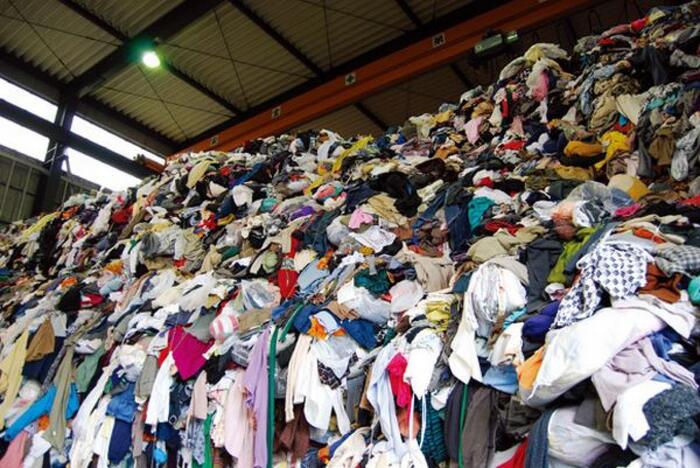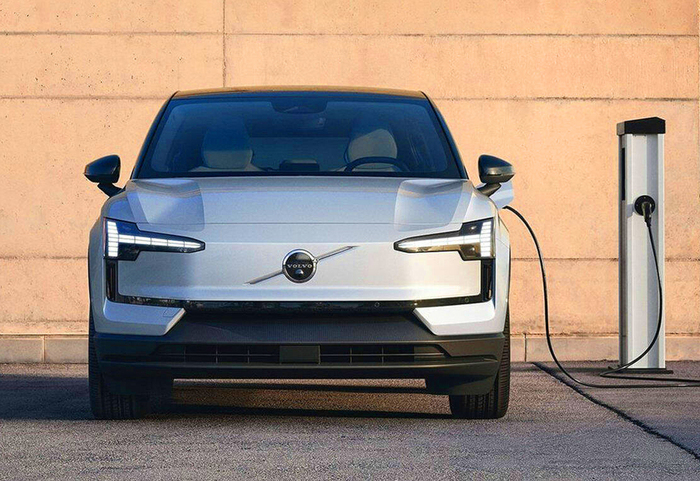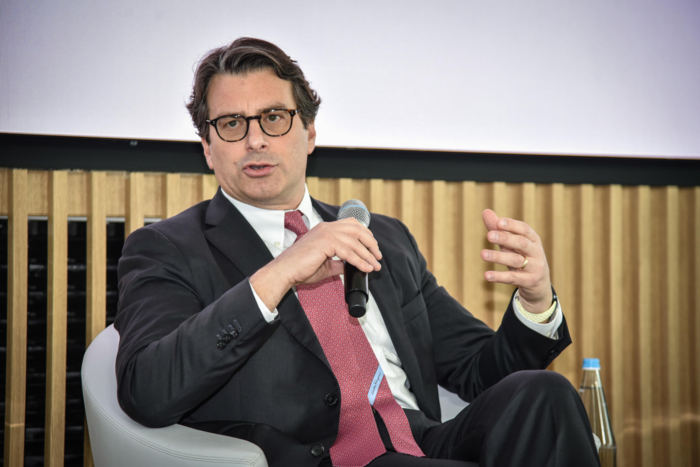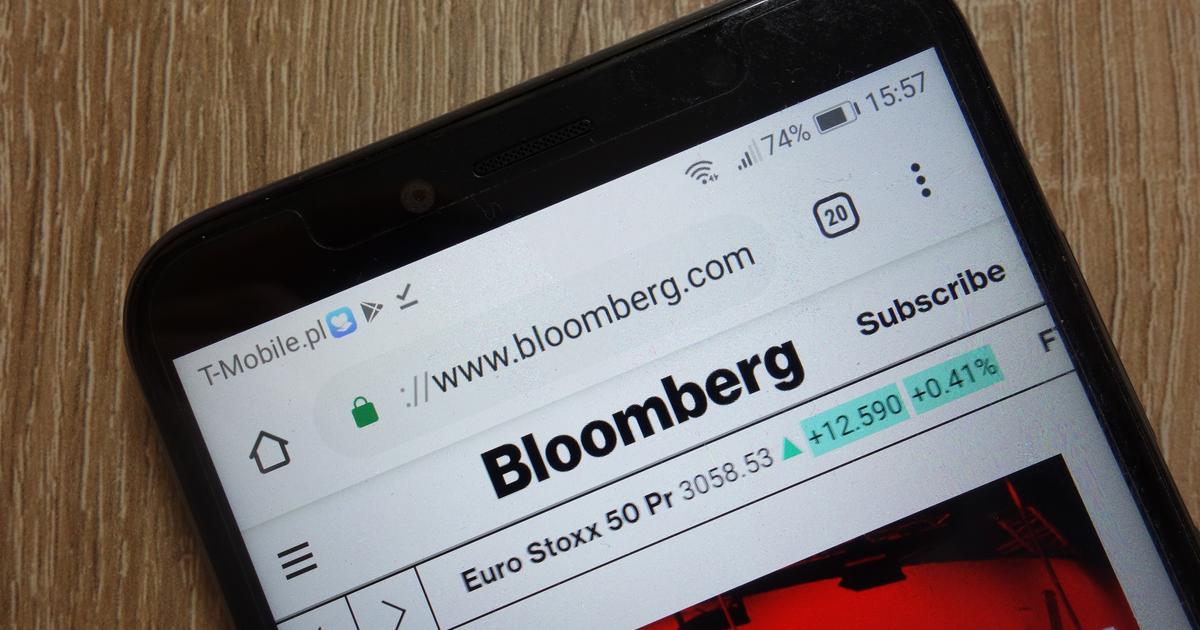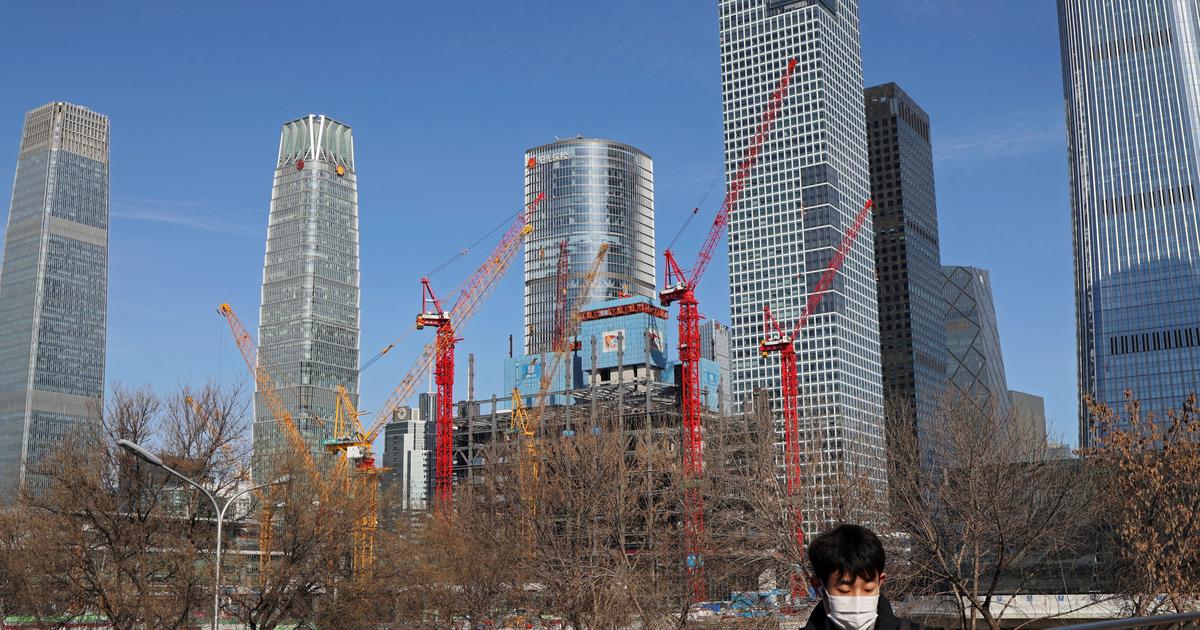Enlarge image
Hot market:
solar energy park in Mecklenburg-Western Pomerania
Photo: Jens Büttner / dpa
The trend is broken. Unfortunately, Vestas has to raise the price of its wind turbines, announced CEO
Henrik Andersen
(53) on the latest (unexpectedly red) business figures of the Danish industrial giant. Why? Steel, of which up to 600 tons are needed for a turbine alone (still without a tower), is more than twice as expensive as a year ago. The price of copper has risen by two thirds and that of zinc by half. Added to this are the freight costs, which are also increasing strongly. With a view to long-term customer relationships, you don't make it easy for yourself, said Andersen. "But there is no magic thing that can simply wipe this price hike away."
Competitor Siemens Gamesa also wants to pass on the rise in costs to customers as much as possible. Its boss,
Andreas Nauen
(56), sees the outbid competition for awards for new offshore wind farms with mixed feelings. On the one hand, the plant manufacturers can hardly save themselves from orders. On the other hand, they put them under brutal price pressure, because the client calculates that the costs of the technology will keep falling - as it was reliable for years, but no longer.
According to the industry information service "Bloomberg New Energy Finance", the total costs for wind turbines have fallen by 60 percent in the past decade, those for solar systems by as much as 83 percent, as well as the batteries used in electric cars. In much of the world, renewables are now the cheapest source of electricity. That, together with the politically agreed climate targets, should guarantee them market success.
But now green energy threatens to fall victim to its own success because the stock exchange prices for raw materials are rising massively - and making more and more projects unprofitable. Last year, new solar systems became more expensive again for the first time, here, in addition to copper, silver and above all silicon play a role - a raw material that is particularly scarce in times of the chip crisis. According to the Norwegian analysis company Rystad Energy, the increase accelerated again in 2021. Since the beginning of the year, the price of the modules, which are mostly manufactured in China, has risen by a tenth. Although this only makes up for a small part of the previous savings, "it will significantly reduce the profitability of systems with high capacities". The investment costs of a 100 megawatt solar park could increase by 9 percent,if the modules cost 24 instead of 18 cents per watt peak of maximum power.
Elon Musk's main concern: nickel
"There will be a number of these projects that will simply not be realized," warns Mark Widmar, head of the US market leader First Solar, to his shareholders.
According to the industry service IHS Markit, a number of developers are trying to delay placing the order.
They hoped that raw material and freight costs will fall again in 2022.
One prerequisite for this: The super cycle ends in which capital flows into the exchange-traded purchase options across all commodities.
With the switch to mass production, the rising raw material costs can be offset to a certain extent. But even with improved technology and more economical use of materials, a higher proportion of the raw material costs remains in the end. According to "Bloomberg New Energy Finance", these now account for up to 70 percent of the costs of batteries for electric cars. Five years ago it was less than 50 percent. Tesla boss Elon Musk (49) describes the access to nickel for the cathode of the lithium-ion batteries as the "greatest concern" in his gigaplanes. Tesla is a partner in a large nickel mine project in the French Pacific region of New Caledonia, but is switching to more lithium iron phosphate batteries as a short-term solution. "There is enough iron and lithium," enthuses Musk.But these raw materials are also known to be becoming more expensive and scarce.
A typical electric car needs six times as many critical metals as a conventional car with a combustion engine, calculates the International Energy Agency (IEA). An onshore wind turbine needs nine times as much as a gas-fired power plant to achieve the same output. Despite the emissions from mining and the metal industry, the climate balance remains clearly positive, since fossil fuels are being replaced at the same time. But if the world is serious about the goal of becoming climate neutral by 2050, then it would have to increase its consumption of critical raw materials sevenfold. There is a threat of a "disproportion" between green appetite and supplies in order to satisfy this hunger.
"The energy transition could definitely be slowed down as a result of rising costs," IEA director
Fatih Birol
(63)
told
the Financial Times.
If it is not possible to obtain the raw materials at affordable prices, there will be "a huge obstacle to our climate goals".
Birol, whose organization was founded out of concern about the oil supply to the industrialized countries, is now recommending that the states build up strategic reserves of raw materials for green technology.
ak




